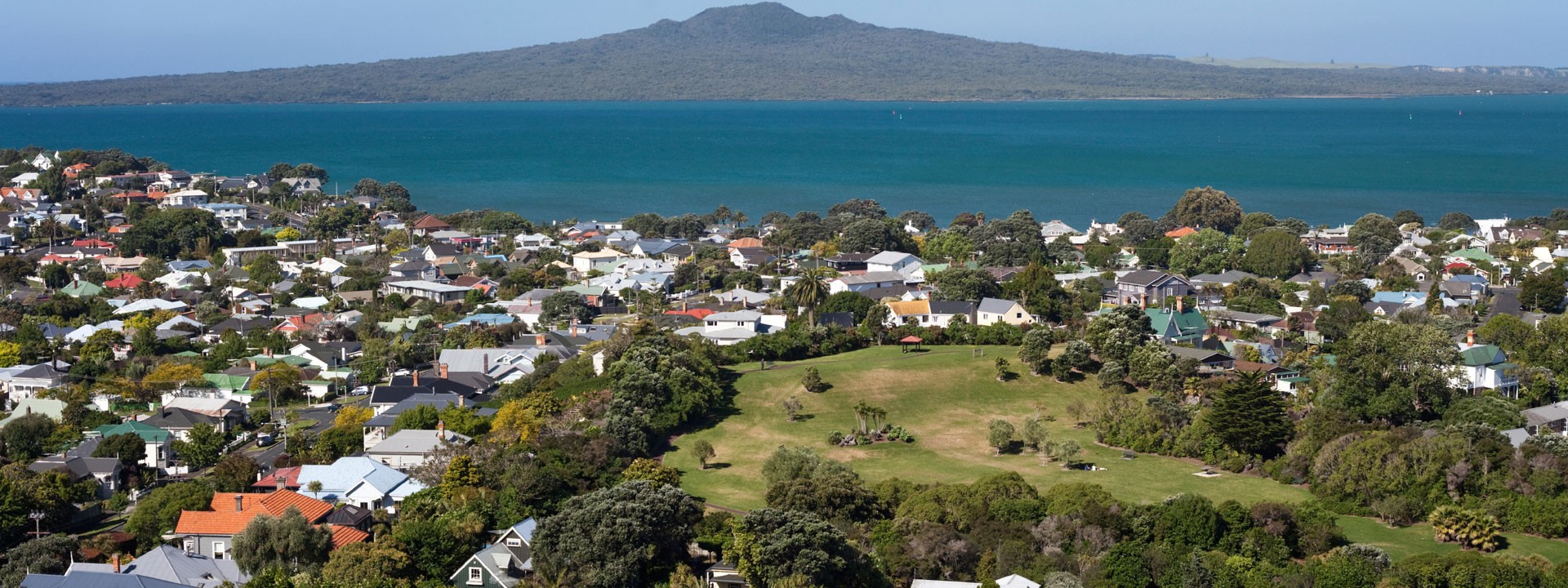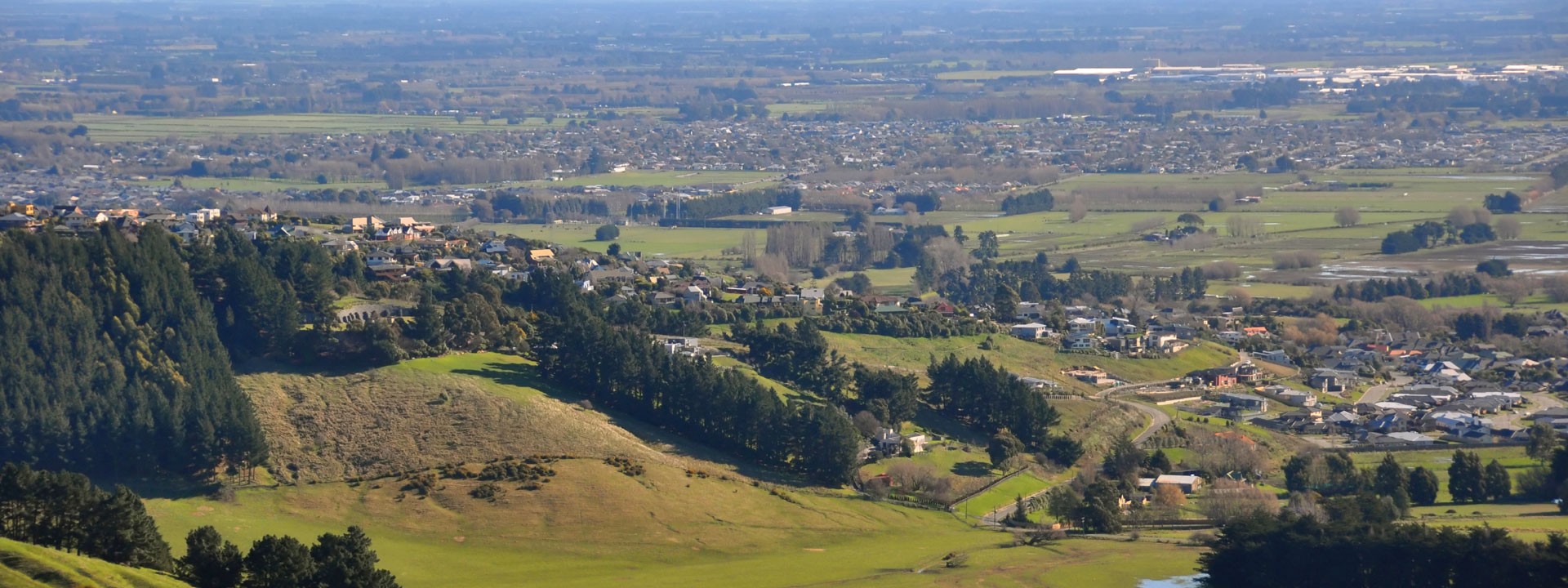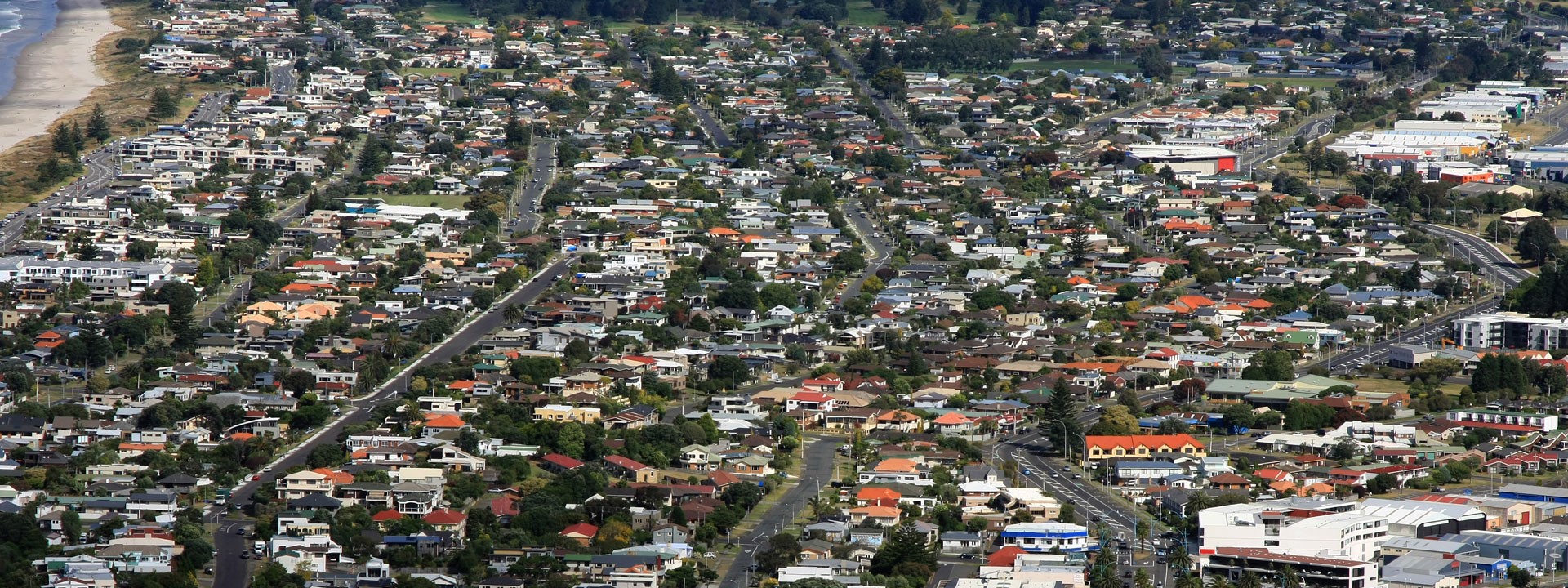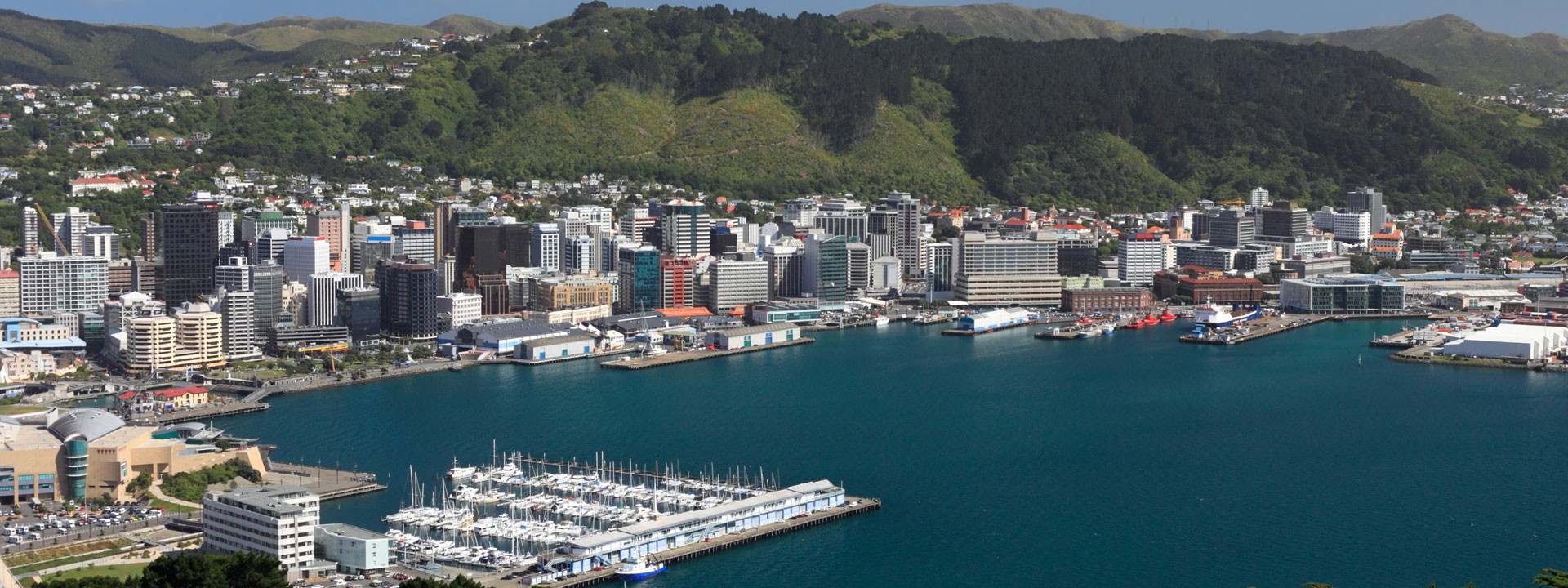BACKGROUND TO THE "LEAKY HOMES" PROBLEM
January 15, 2015 at 1:03 PM
Background to the "leaky homes" problem
We explain why there are leaky homes in New Zealand and identify the main causes of leaking.
What’s all the fuss about?
You’ve probably heard about leaky buildings in the media, but unless you’ve been directly affected, you may be wondering what all the fuss is about.
During the 1990s a considerable number of houses were built using methods that haven't withstood the weather conditions in New Zealand. Because of the problems involving design, and installation of materials, these houses leak when it rains. In some cases the materials themselves were used inappropriately.
|
|
|
|
Once water or moisture gets behind certain cladding types, if there is no cavity between the cladding and the framework, the water becomes trapped and cannot easily escape or evaporate.
In 1998, a change in the New Zealand standard for Timber Treatment (as referenced in Acceptable Solution B2/AS1) allowed the use of untreated kiln-dried timber in wall framing. If this untreated timber framing gets wet, the timber starts to rot. Likewise, steel framed buildings and treated timber can also be affected if they remain wet long enough. This causes, in some cases, extensive damage to the fabric and structure of the house.
A side effect of leaking buildings is the risk to human health. Some moulds that grow on damp timber and other materials can cause respiratory and skin problems.
The inquiry into the problem
In 2002 the Building Industry Authority appointed a Weathertightness Overview Group to investigate the weathertightness of buildings in New Zealand. The group visited a number of affected buildings and met with many representatives from different sectors of the building industry. In its final report, (commonly known as the ‘Hunn Report’) it identified the causes of leaky buildings and made many recommendations.
Main factors in leaky buildings
No one factor was identified as the single cause of leaky buildings, but a number of causes were identified:
- Modern cladding systems. ‘Mediterranean’ style buildings using monolithic cladding systems, such as textured wall surfaces made out of plaster on polystyrene or fibre cement sheet, are promoted as providing a sealed and waterproof outer skin and being low maintenance. But often, they have been used outside their specifications or have been installed incorrectly.
- Inadequate construction that did not allow for deflection, drying and drainage or had insufficient durability and included features such as:
- recessed windows.
- flat roofs with narrow or no eaves.
- two or more stories.
- design features such as solid balustrades, complex roof design and envelope shapes where roofs frequently intersect with walls on upper floors.
- balconies that jut out from the walls.
- penetrations through the claddings. - Insufficient details in the Approved Documents (these contain Acceptable Solutions), which are produced to help people meet the requirements of the New Zealand Building Code. A number of inadequacies were identified, particularly in Acceptable Solution B2/AS1 (about timber durability) and E2/AS1 External Moisture (keeping the weather out). These have since been amended. Problems with the administration of the Building Code by councils and building certifiers have also been identified.
- Lack of technical knowledge and skills when houses are designed, detailed and built - modern systems require a greater level of care and skill which has not always been applied.
- Untreated kiln-dried framing timber is susceptible to rot when moisture penetrates the building envelope.
The Building Industry Authority issued several public warnings reminding people of the dangers of unsafe balconies, decks and balustrades. For further information on warning signs and risk factors, visit www.dbh.govt.nz.
Article obtained from Consumer Build











